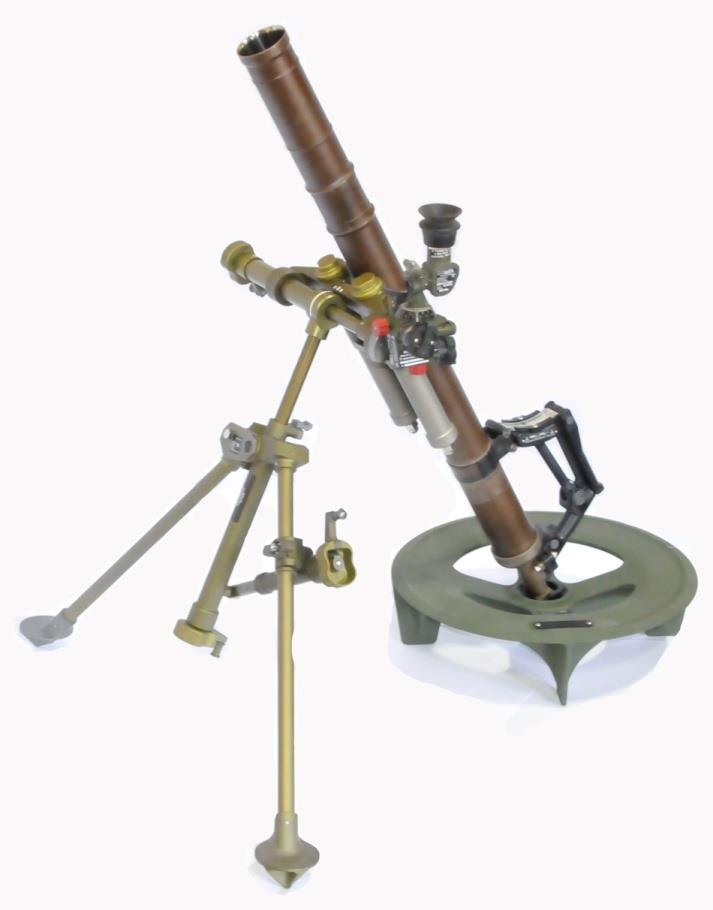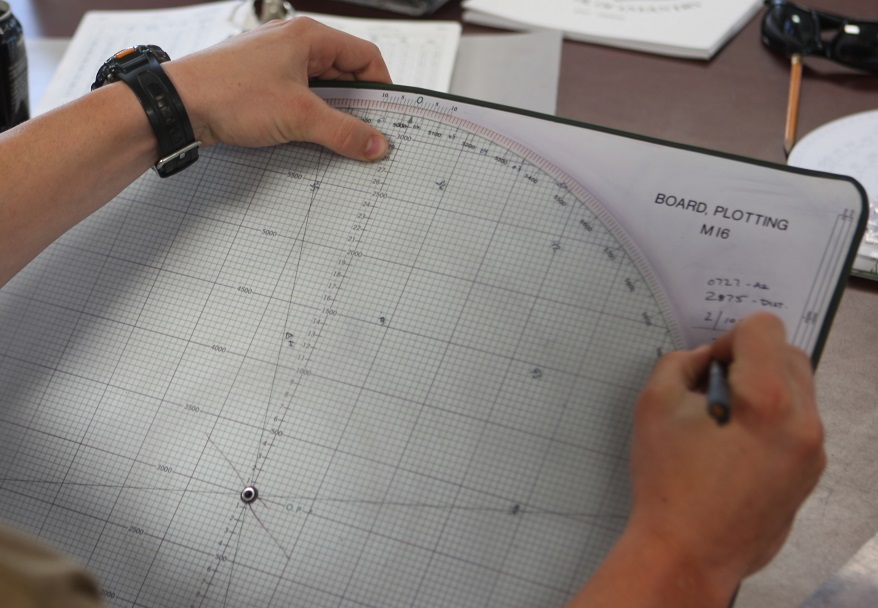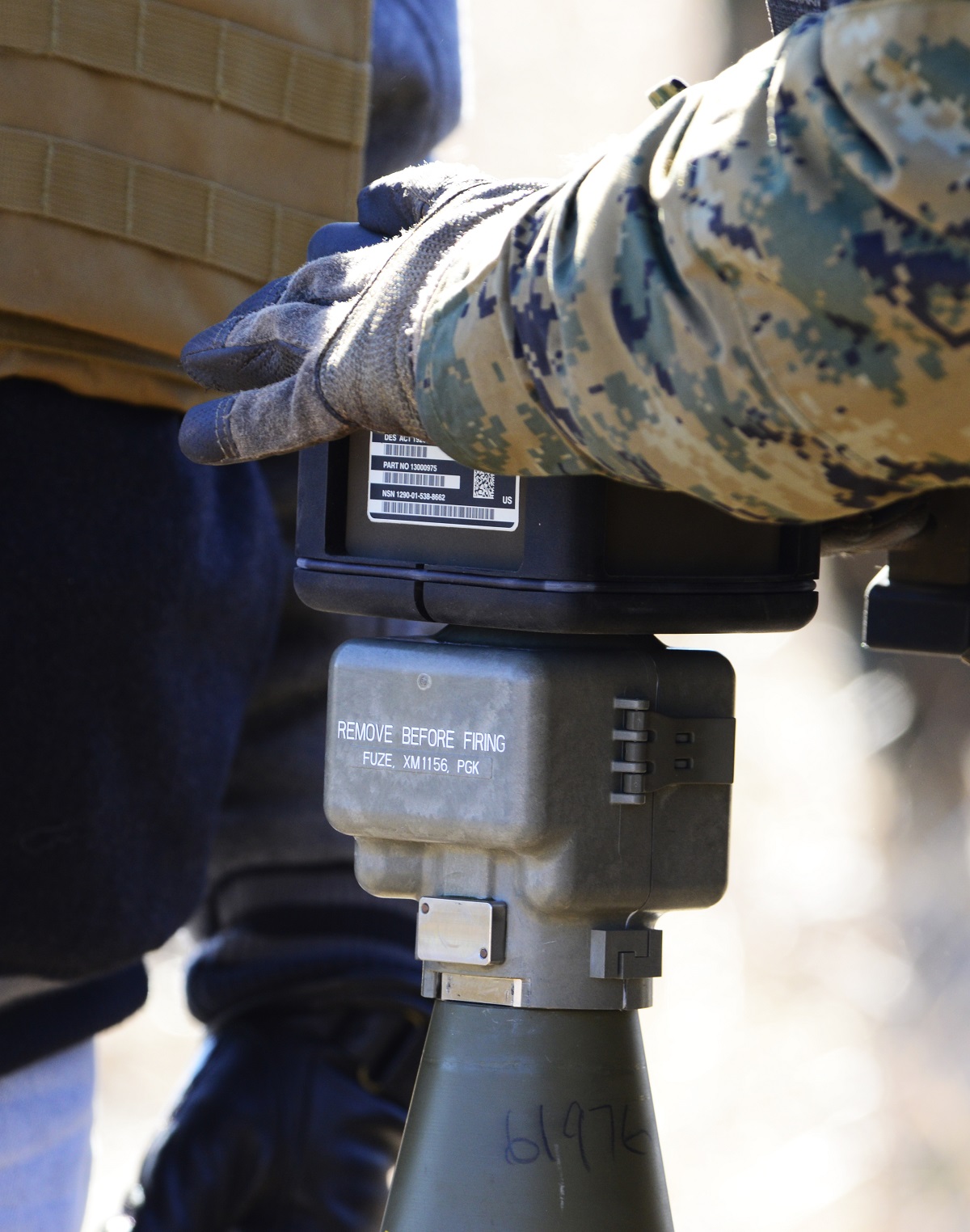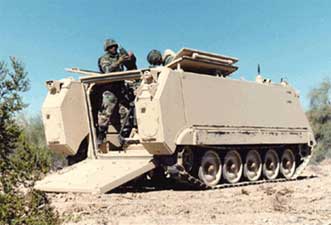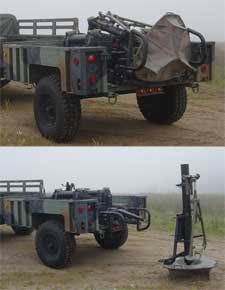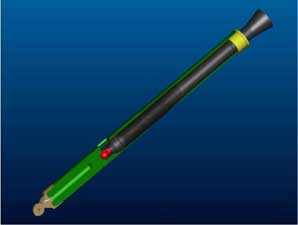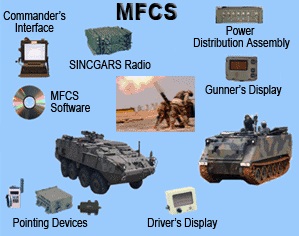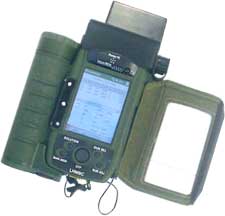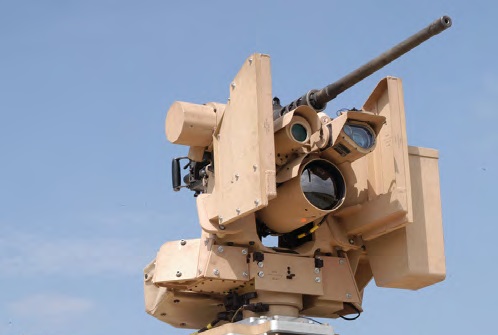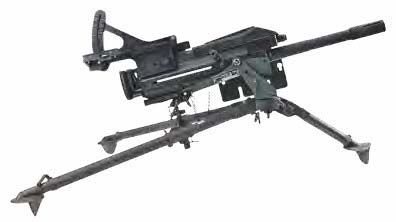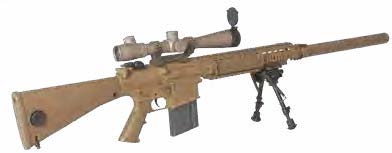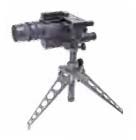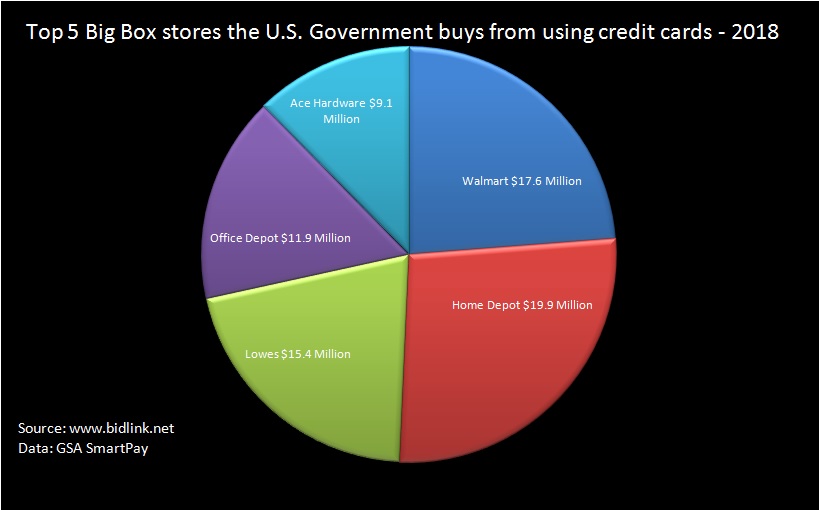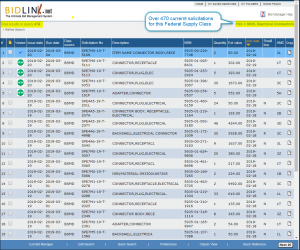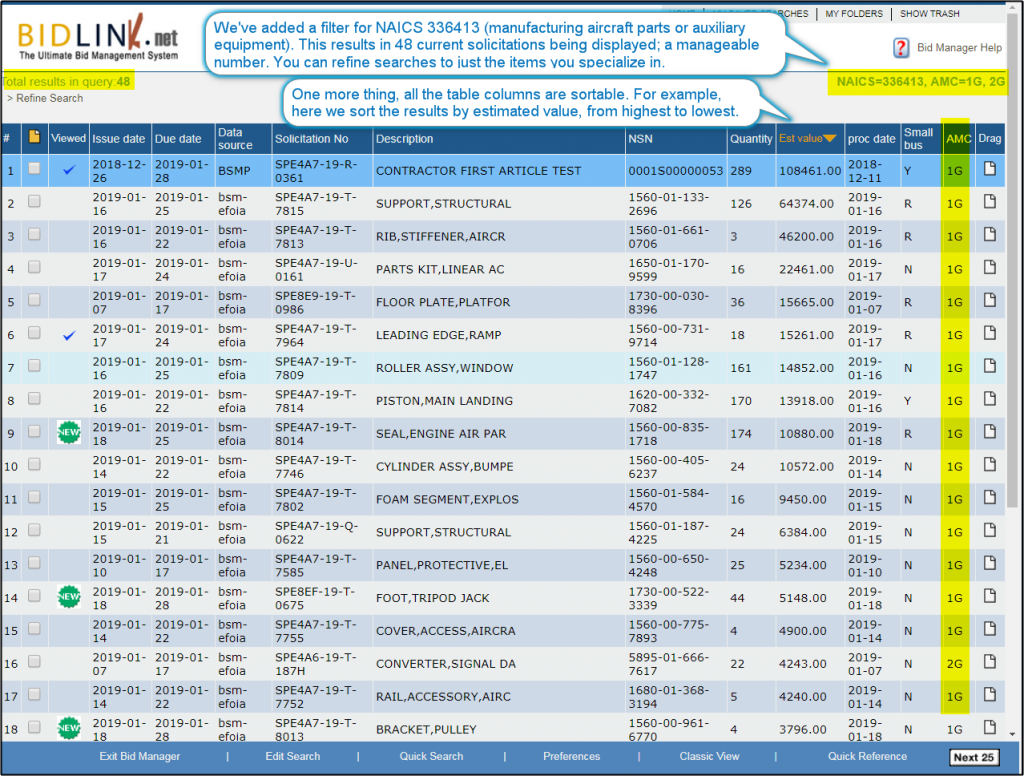
Today we will briefly review a few types of Ground Support Equipment (mechanical equipment) used by the U.S. Military to move and load weapons onto fighter aircraft. In addition discuss the lack of competition when it comes to manufacturers producing Ground Support Equipment (GSE) items and spare parts.
The Ground Support Equipment items we are referring to fall under the sub category of Ordnance Handling Equipment (OHE). Other names you might see when referring to Ground Support Equipment used to move munitions are Aviation Ground Support Equipment (AGSE), Material Handling Equipment (MHE), Ammunition Handling Equipment (AHE) or Weapons Handling Equipment (WHE). Government contracts for metal fabrication shops or machine shops would be found in any of these categories. Most of the items we reviewed below with the exception of the MHU-83 are all simple non powered mechanical devices that are hand operated.
Government contracting opportunities are virtually endless as this article you are reading came about while researching past government contract data for another article we published about Hydraulic Jacks with no competition. The knowledge of Department of Defense past contract awards and procurement history of each item can lead your company to other government contracting opportunities as the “past contracts tell the story”. As we researched past contracts for our “Hydraulic Jacks article” we found other areas using similar types of GSE items which let us to creating this article about OHE.
Where is Ordnance Handling Equipment used?
The thousands of Fighter Jets and Military Helicopters are loaded with weapons, missiles and bombs every day by military crews in Aircraft Maintenance Units everywhere. Sometimes crews practice in loading weapons in competitions. The equipment used is specifically designed for the jobs performed. Ordnance Handling Equipment is Ground Support Equipment designed for this specific purpose. Equipment is either manual or semi-automatic and powered. Basically weapons, bombs and missiles are moved from a storage area, delivered to a location on a trailer or skid then unloaded and mounted to an aircraft. The Ordnance Handling Equipment is used on aircraft carriers, runways and in aircraft hangers. Securing and movement of the weapons may also use several types of ancillary Material Handling Equipment such as straps, hoists, slings and shackles.
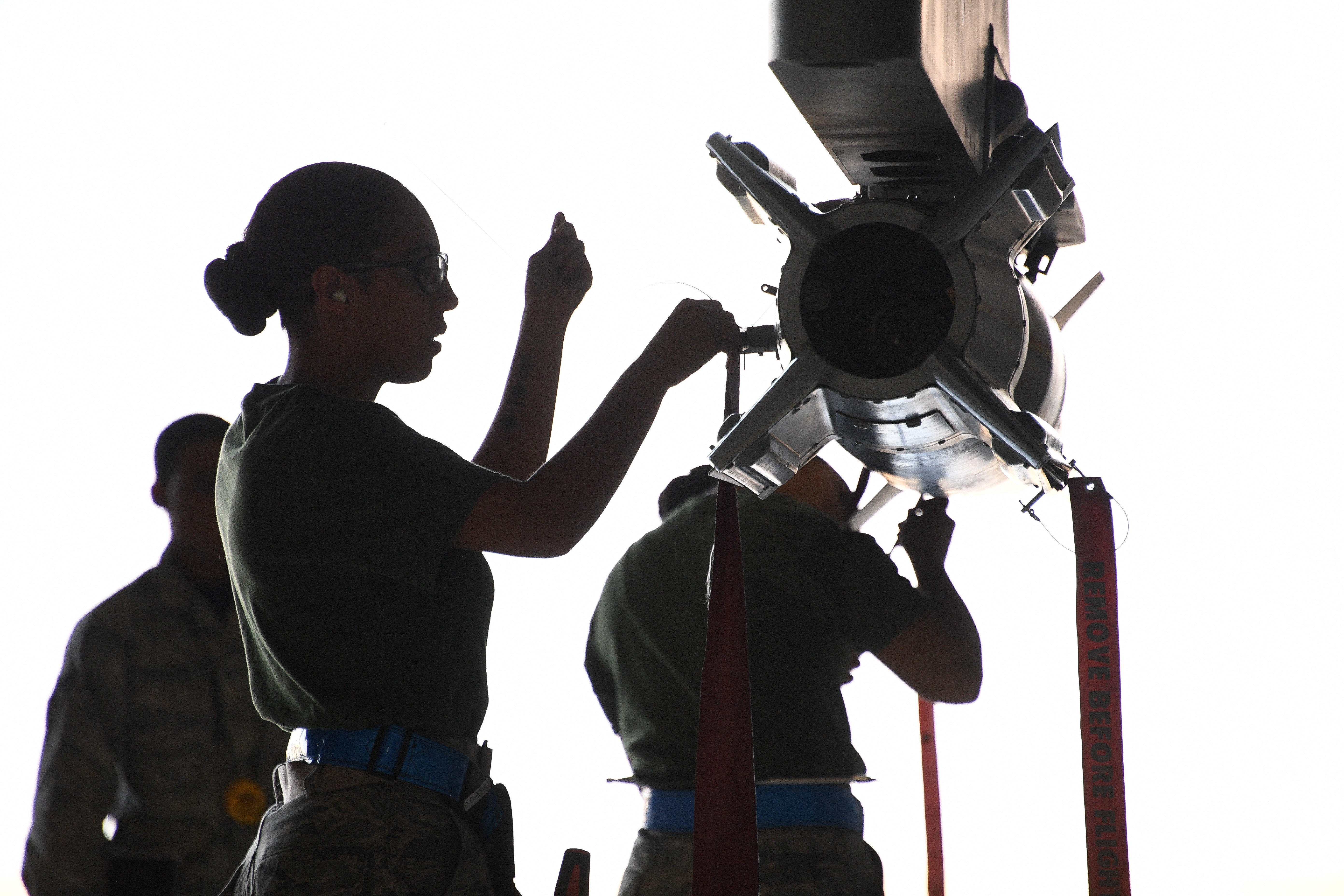
During our quick look at this sector it appears there are not many competitors especially when it companies manufacturing ground support equipment. A Munitions Handling Unit (MHU) is a device bombs or missiles are moved from one location to another. They can be manually powered, pulled, pushed or operate like a monster Folk Lift with movable arms like the MHU-83.
Many of the skids, trailers and spare parts we looked at were frequently listed as open government solicitations. The majority of the manually operated we looked at are simple mechanical metal assemblies, something that a machine shop or metal fabrication shop could easily manufacturer. If your company can weld or bolt tubular stock together or if you can machine something as simple as a cam or a shaft, this is a sector could easily be your next winning government contract.
What to look for, What are they called?
The better your knowledge of what the item is called, how and where it’s used can lead you to other discoveries you may not initially see.
Weapon and Explosive handling Skids
A Weapon or Explosive Skid is a mobile piece of equipment with a cradle or bed used to secure an item to be transported by hand. The skid is used to handle items such as bombs, torpedoes and missiles during aircraft rearming procedures aboard aircraft carriers and at shore. Skids are not self-propelled and require either human or powered equipment to move them about. Different skids and cradles will be used depending on the weight load and type of weapon to be carried.
Here are a few items we found interesting:
Bomb Skid – Hand operated
Bomb Skid NSN 1740-00-872-9361 otherwise called “AERO 12C Bomb Skid” is a simple wheelbarrow type skid used by the Navy. It has cradle type frame with two rubber tire wheels and brakes. The skid can be used to transport weapons and other miscellaneous items like wings, fins and nitrogen bottles with special adapters.
This Bomb Skid is currently supplied to DOD by only one company; there are drawings available so next time its open for bid your company could be the next supplier. Government contract prices in BidLink show that the price nearly doubled from the previous contract to the most recent contract. Price hikes like this can occur due to the fact that only one manufacturer exists.
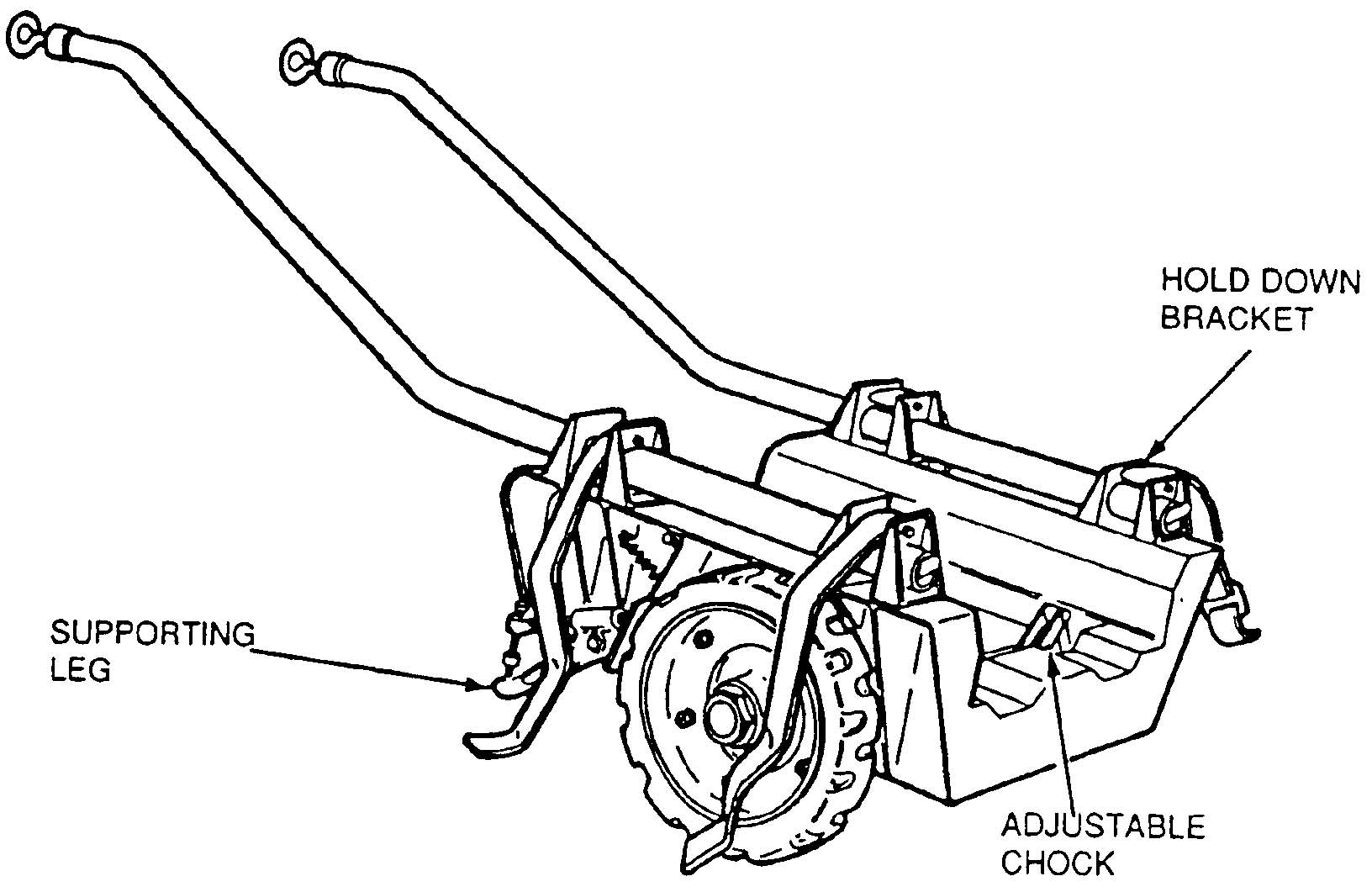
Platform Skids
A Platform Skid is used for transporting weapons on different trailers and loaders for direct aircraft loading.
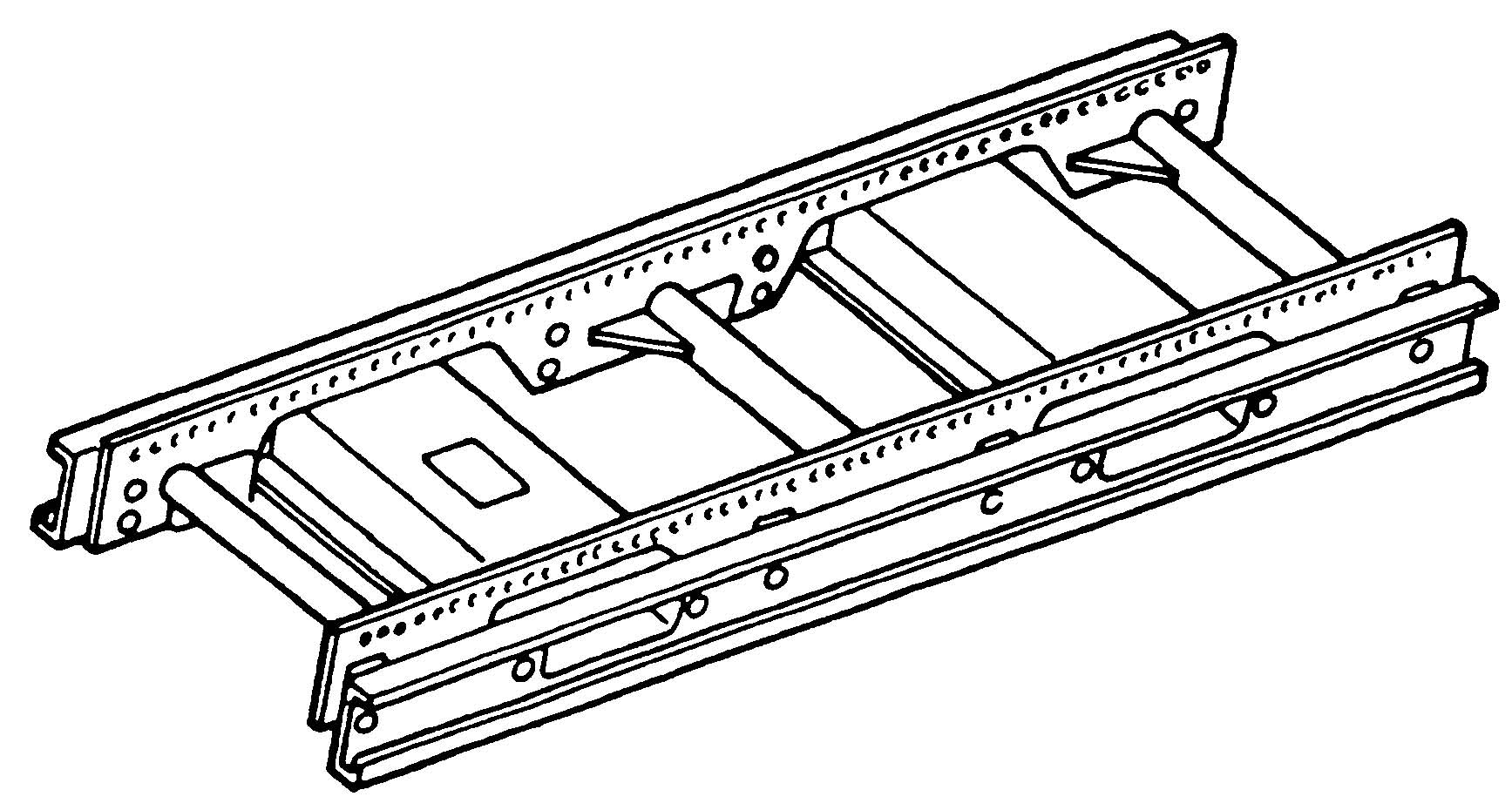
This NSN 3990-01-140-4180 (open) sells for $1000’s and drawings are also available. It is a two rail welded aluminum structure simulating the 15-inch wide rail configuration of Munitions Transporter MHK-128.
Munitions Transporters
A Munitions Transporter (also known as a Weapon Skid) is basically a hand pulled utility wagon or cart used to move missiles, bombs, and other items. It is made from a tubular steel frame with rubber tires and a braking system. Various skids, platforms and adapters can be attached to munitions transporters to handle specific items securely. Unlike commercial wagons these cost thousands of dollars each.
The MHU-191/M Munitions transporter made from a welded tubular frame has four rubber tires with a telescoping drawbar. Mounting holes in the transporter are used for attaching the various adapters. The MHU-191/M is essentially the same as Weapons Skid AERO 21C, except that the MHU-191/M has an improved braking system and long drawbar.
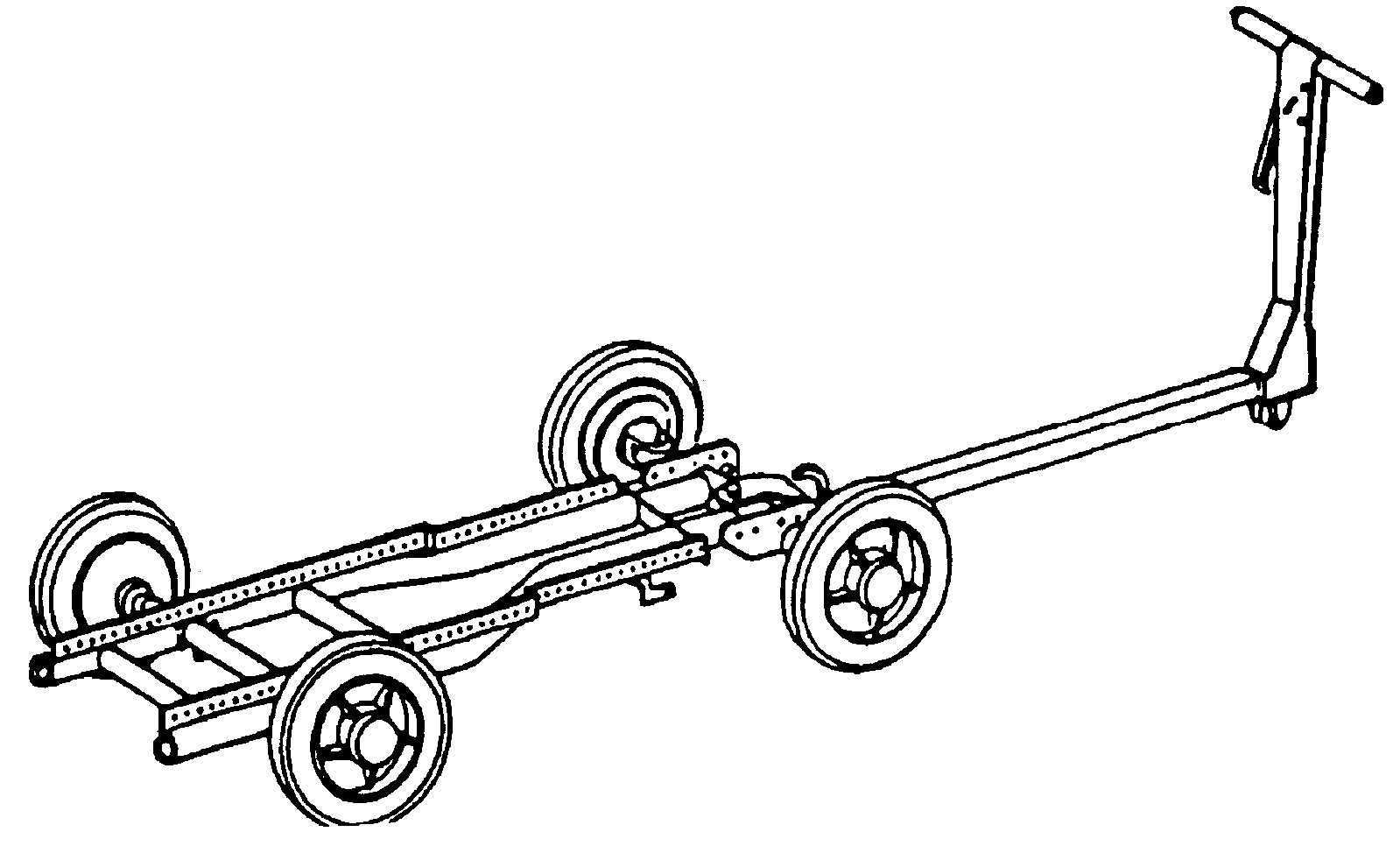
Munitions Trailer – Ground Handling Trailer
The Ground Handling Trailer MHU-185/M has four wheels with pneumatic tires. The flatbed deck has two tracks for anchoring different adapters and removable plywood decking. It has a drawbar and pintle hook for towing other trailers. Equipped with brake and stop lights powered by the towing vehicle. It is used at shore based facilities to transport munitions from magazine area to the flight line. Several adapters and cradles can be used with Munitions Trailer MHU-185/M, such as the Platform Skid MHU-125A/E and the ADU-834/E Sonobouy adapter.

Spare and Repair parts for these items are usually simple machined parts like brakes, cradles and cams are purchased by DOD on a regular basis.
Since we are discussing Ground Support Equipment, Ordnance Handling Equipment and Material Handling Equipment you can’t forget about the “big boy” Munitions Handling Truck MHU-83.
The MHU-83D/E Aerial Stores Lift Truck is basically a very expensive specialized fork lift truck designed for transporting and loading weapons. This MHU-83 D/E is also known as a Bomb lift Truck. The Department of the Air Force and Navy both awarded long term government contracts to Hydraulics International, Inc CAGE code 56529 for manufacturing Ground Support Equipment. Two government contracts for the MHU-83 Aerial Stores Lift Truck are FA8533-14-D-0005 and N68335-18-D-0009.
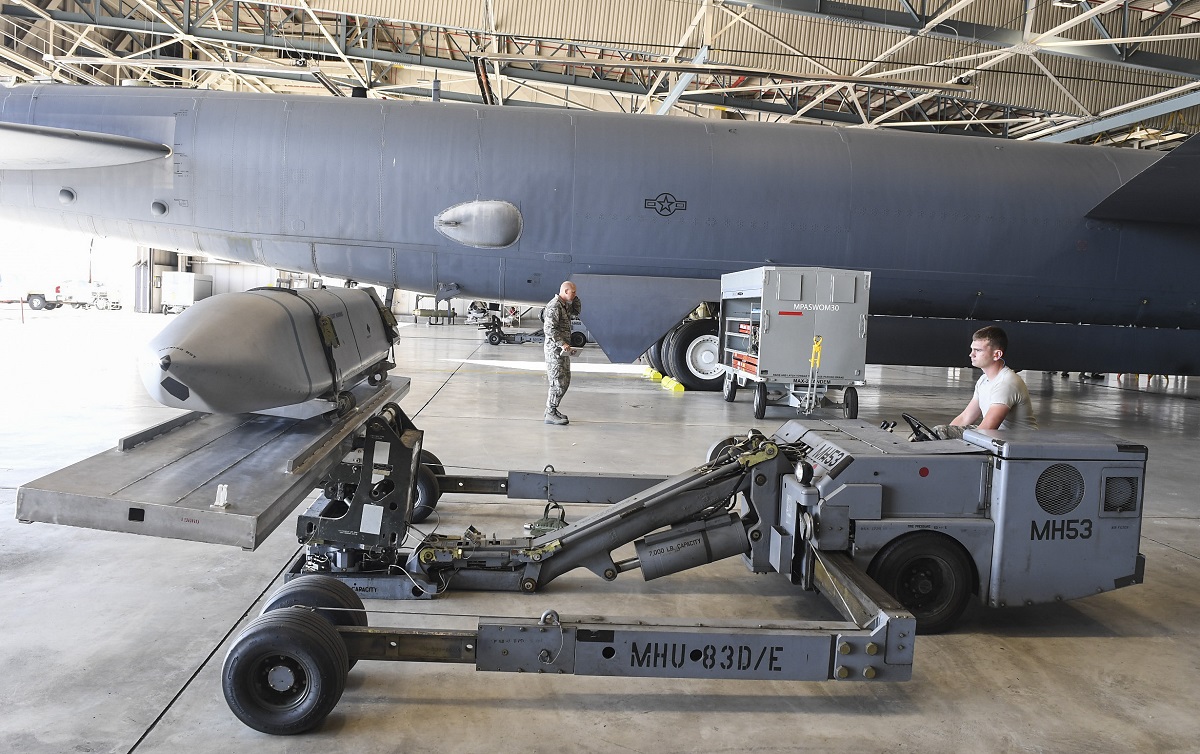
As you would expect there are plenty of government contracting opportunities for machine shops fabrication shops for items used on the MHU-83D/E, Truck, Lift, Aerial Stores Loader. A quick look at some open government solicitations, there were several items many had drawings available. A few items we saw were, Spur gear shafts, Disc brake caliper adapters, Tilt cylinder assemblies, Differential spindles, Washers, Hydrostatic pumps, Slings, etc.
Keep in mind any large piece of equipment such as this will be in use by the Department of Defense for many years. As time goes by more spares and replacement parts will be needed for years to come. Many systems have been in service by DOD over 50 years.
If your company consists of just a few people or hundreds of employees the Ground Support Equipment, Ordnance Handling Equipment sector is a good place to look for items your company can sell to the government. Bids for mechanical parts and simple assemblies were found with drawings available in open government solicitations. Hopefully these few examples will give you some new ideas on what to go after, try for yourself.
BidLink.Net is an online tool for finding government solicitations as well as past government contract data. BidLink has been gathering government contract and solicitation data for the past twenty years.
Tweet

